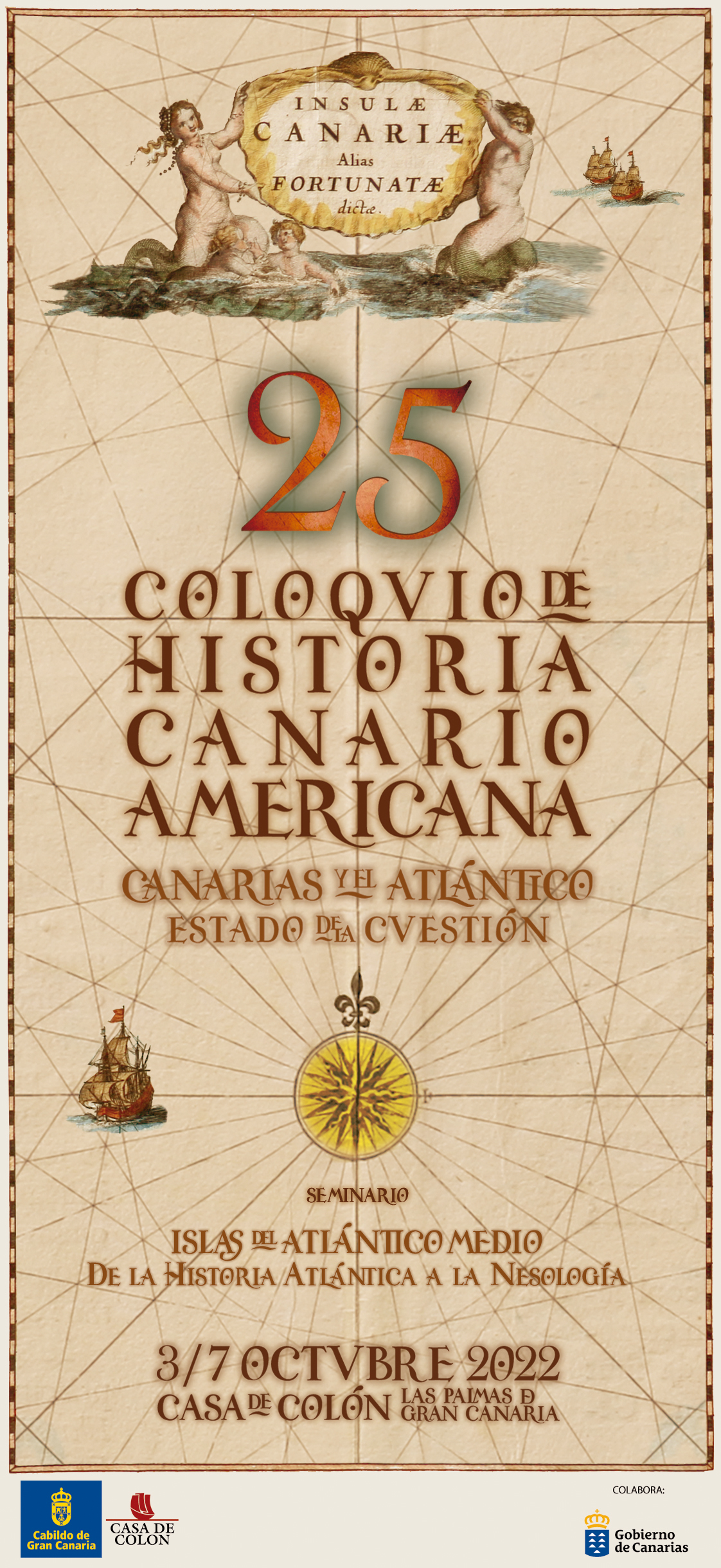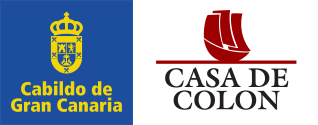Itinerario geoturístico en el valle de El Golfo como ejemplo de desarrollo territorial en el Geoparque Mundial Unesco de El Hierro, España / Geotourism Itinerary in El Valle de El Golfo as an Example of Territorial Development in El Hierro Global Unesco
Resumen
El Hierro es la isla más occidental, más pequeña y geológicamente más reciente de Canarias. En la actualidad recibe miles de visitantes atraídos por su riqueza natural siendo el senderismo y el buceo las principales motivaciones. Desde su declaración como geoparque, el geoturismo constituye también uno de los atractivos de la isla. Por este motivo, el objetivo de este trabajo es proponer un itinerario de geoturismo por la costa de El Valle de El Golfo. Este consta de 15 paradas, un recorrido de unos 17 km y se puede hacer en coche y a pie. A lo largo de la georruta se puede apreciar la diversidad del patrimonio natural y cultural de este espacio, en donde destacan las formas eruptivas (conos volcánicos, hornitos, coneletes escoriáceos, campos de lava aa, pahoehoe y en bloques, tubos volcánicos, jameos, etc.), erosivas (paleoacantilados, acantilados y barrancos) y de acumulación (taludes detríticos y playas). Igualmente, a lo largo del itinerario se observa un importante patrimonio cultural vinculado con el paisaje rural (parcelas, goronas, rediles, muros de piedra seca, juaclos, etc.). El geo-itinerario que se propone en este estudio puede contribuir a diversificar la oferta de ocio en El Golfo y también a su desarrollo territorial.
El Hierro is the westernmost, smallest and geologically most recent island of the Canary Islands. Currently receives thousands of visitors attracted by its natural wealth, and the main motivations are the hiking and diving. Since its declaration as a Global Geopark, geotourism is also one of the island’s attractions. For this reason, the aim of this work is to propose a geotourism itinerary along the coast of El Valle de El Golfo. This it consists of 15 stops, a georoute of about 17 km and can be done by car and on foot. Throughout the georoute it can be appreciated the the natural and cultural heritage diversity of this area, where eruptive landforms (volcanic cones, hornitos, spatter cones, aa, pahoehoe and block lava fields, volcanic tubes, jameos, etc.), erosive (paleocliffs, cliffs and ravines) and accumulation (detrital slopes and beaches) stand out. Along the georoute, there is also an important cultural heritage linked to the rural landscape (plots of land, goronas, sheepfolds, dry stone walls, juaclos, etc.). The itinerary proposed in this study can contribute to the diversification of the leisure offer in El Golfo and also to its territorial development.




